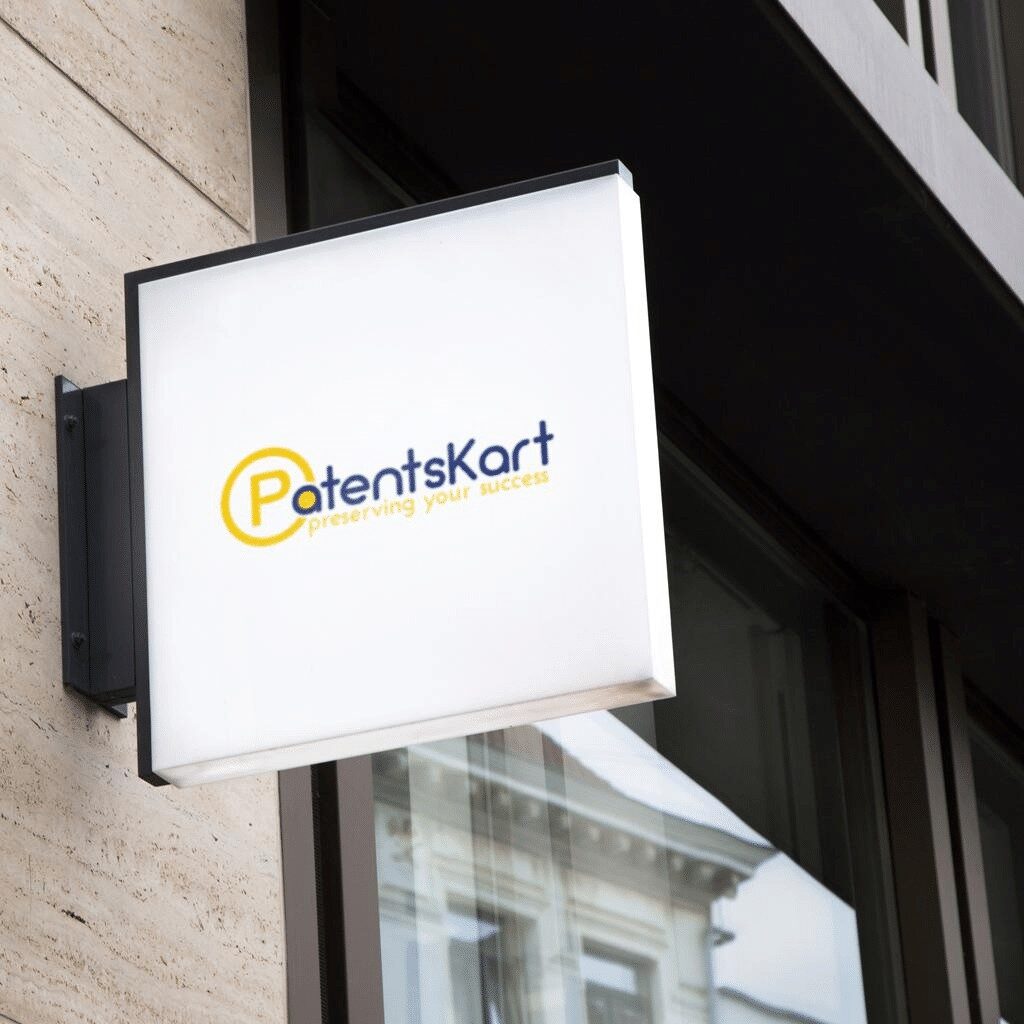Commercialize your ideas
Commercialize your ideas

Explore Potential Monetisation opportunities

Decode real value of your diverse profolio

Only 5 business days turn-around time

Leverage our diverse industry experience

When you are looking to launch or commercialize a new product, patent clearance searches or Freedom to Operate (FTO) analysis will help you identify any active third-party patent applications that could pose a risk of infringement.
We work with you to analyze the key technical features of your product and design strategies to search and map patent claims of relevant references that read onto your product. Limiting the search scope may focus on specific jurisdictions of interest. Searches can include expired patents or patents in the public domain upon request. Legal status tracking helps monitor patent expirations, enabling you to plan the market entry timeline while mitigating potential patent infringement risks.
The legal status of each relevant reference | Product to patent claim maps | 5-7 business days turnaround time | Customized and free of cost quotes
This is what freedom to operate search helps get the answer to
The Freedom to Operate (FTO) search should be conducted early in the product or process development cycle because it delivers two key benefits. First, it helps you understand the patent landscape and the freedoms your product or customers may have, ensuring that design features—such as software interfaces or functional elements—do not accidentally infringe existing third-party patents, which has happened frequently in prior cases.
You can avoid wasting resources and unnecessary expenditures on product development.
Reduces the risk of costly and time-consuming patent litigation in the future.
An effective Freedom to Operate (FTO) patent search allows an inventor or company to develop and refine designs early in the development process, before significant time and investment are committed to productizing their invention.
Some inventors and companies may worry about potential future patent litigation, which is why they seek a Freedom to Operate (FTO) search. This approach provides peace of mind by allowing them to license existing technology, saving time in developing patents or trademarks from scratch while reducing the associated legal and financial risks.


When reviewing patents, it is critical to examine the patent claims, as they define the legal scope and determine what is protected under patent law. Supporting elements, such as patent drawings, can also be useful when clarifying whether a specific feature or invention is covered within the claims.
The FTO analysis should focus on key questions: Do the patent claims align with my product or technology needs? Can I build upon existing patents without infringement? How will implementing these patents impact costs or timelines across our products and services?
The most critical aspect of any patent is its patent claims, as they define the scope of protection. These claims can typically be categorized into three main types:
An analysis of patents should examine these different aspects because they have significant implications for how much protection each individual deserves under law.
Can also conduct FTO search involving pending patent applications to provide a possible picture of the situation. Although this may assist in estimating future developments, we must keep one thing at heart: what is submitted as evidence today could change tomorrow.
These FTO opinions are typically prepared by patent attorneys representing companies that own patents they may want to license. They provide an assessment of patent strength and guidance before proceeding with product development based on the patented technology.


This step is important because it evaluates the validity of relevant patents and helps determine whether an invalidity search could challenge or “invalidate” a specific patent that may affect your freedom to operate.
We will answer your questions, scope your project and discuss your potential fit in style.
After you’ve hired an IP attorney, your FTO (friendly visitor) report can be a valuable resource. It contains search results and analysis of any patents that may exist for the invention or process being developed early on in development because it gives ample time to establish workarounds should they become necessary with minimal wasted resources spent once again after having already invested into researching this subject matter extensively beforehand from scratch. The output tone should be attention seeking while still engaging readers throughout.
Design Patent protects the product’s shape, pattern, and structure. A Design Patent is conducted towards the visual appearance of a product and not the technology or function of the invention.
Industrial design rights is not able to protect the technical or functional features of a product. It only covers the appearance of the product. On the other hand, the operational or technical features of a product can be protected by a patent.
Well the answer is Yes.
Designs Registration covers external aesthetic or ornamental appearance such as color, patterns, surface, lines, or shape.
As per the Design Act, 2000, any manufactured object is known to be an “article.” The Article must be capable of being sold and made separately. The thing can be of any substance irrespective of artificial or natural.
They may seem similar (and often easily confused); a patentability search and an FTO search are quite different.
Patentability search must cover all publications, as well as prior art and non-patent literature, to discover whether the product or process at issue is novel and can indeed be patented.
On the other hand, an FTO search focuses strictly on patents since it is only active patents (and not different types of documents) that give the owners the right to go after litigation.
It is a patent search that has many names:
It is rarely called the following:
Unlike other patent searches, an FTO search is concerned only with active patents and not on prior art non-patent literature
After you’ve hired an IP attorney, your FTO (friendly visitor) report can be a valuable resource. It contains search results and analysis of any patents that may exist for the invention or process being developed early on in development because it gives ample time to establish workarounds should they become necessary with minimal wasted resources spent once again after having already invested into researching this subject matter extensively beforehand from scratch. The output tone should be attention seeking while still engaging readers throughout
The FTO report is a great way to find out about any potential risks. In addition, risky situations often have additional information found in the report, which may help prevent future issues and make your life easier.
A non-infringement opinion gives additional details about whether a product or process may infringe on the patent can use it to gain an understanding of what type of claims might be asserted against it and assess the strength, if any at all
These opinions are usually written by attorneys who work for companies that make up patents they want licensed from; They provide an overview into how strong those designs seem before proceeding with developing their products based on this idea
It’s important because it assesses the validity of your patent and evaluates whether you might be able to “kill” that specific piece with an invalidation proceeding.
An FTO opinion can be quite valuable in decreasing risks.
For instance:
United States-13521, 58th St. SE Snohomish, WA – 98290, USA
INDIA - PatentsKart B1, Netsmartz House, IT Park, Chandigarh - 160101
Copyright © 2024 Patentskart. All rights reserved